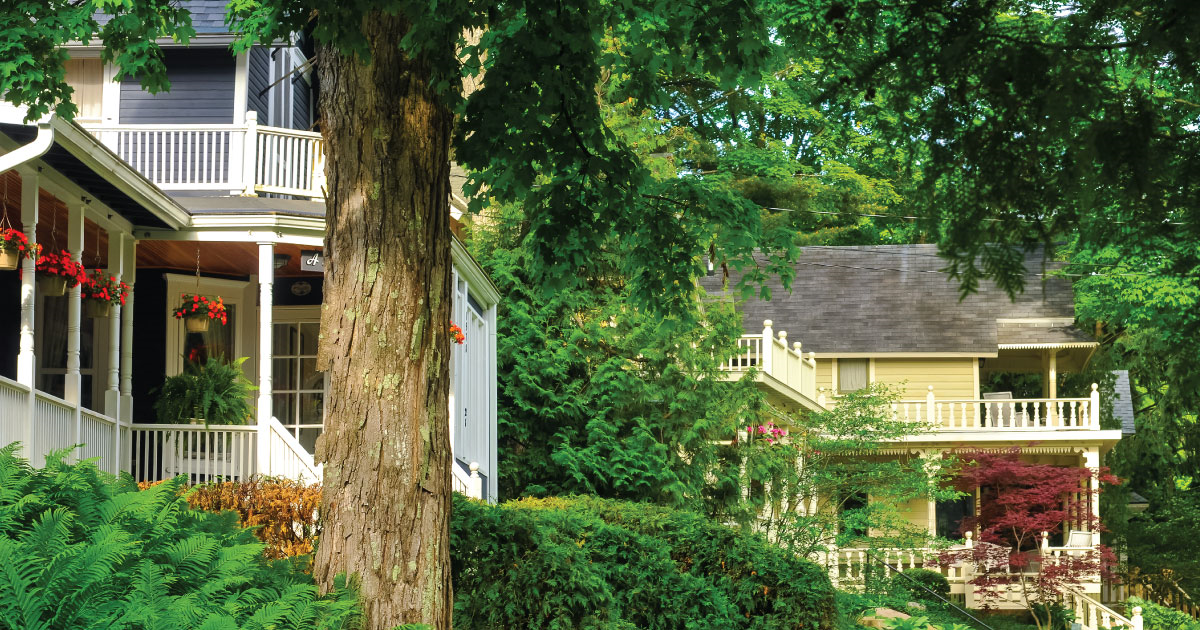![]() Our recent report, “A Path to Good-paying Careers for all Michiganders: A 21st Century state policy agenda,” lays out the importance of placemaking to a prosperous Michigan, especially in our biggest cities. Some states have powerful economic development tools especially tailored to creating the cities that attract and retain talented residents, including historic preservation tax credits. Michigan had some of these tools—and may again.
Our recent report, “A Path to Good-paying Careers for all Michiganders: A 21st Century state policy agenda,” lays out the importance of placemaking to a prosperous Michigan, especially in our biggest cities. Some states have powerful economic development tools especially tailored to creating the cities that attract and retain talented residents, including historic preservation tax credits. Michigan had some of these tools—and may again.
Last month, State Senator Wayne Schmidt introduced Senate Bill 469, which would reestablish a version of the historic preservation tax credit that, from 1999-2011, was so successful at spurring development and rehabilitation. The bill is now under consideration in the finance committee.
Benefits of Historic Preservation Tax Credits
When Michigan’s previous tax credit was about to be abolished in 2011 in favor of the Community Revitalization Program Fund (CRP), I worked with Let’s Save Michigan, a project of the Michigan Municipal League. We organized a letter-writing campaign that resulted in 1,612 letters to the governor, state representatives, and state senators in opposition to ending the historic preservation and brownfields tax credit. This credit was serving a vital tool for stimulating development, and it seemed unlikely that the replacement CRP would have the same impacts.
Here is an excerpt from that campaign:
The economic impacts of our Historic Preservation and Brownfield economic development tools are well documented:
- Since 2000, 706 brownfield projects were approved. These projects totaled $12.87 billion in investment (private dollars). The approved tax credit (state investment) was $1.270 billion dollars.
- The Historic Tax Credit(HTC) alone has leveraged $1.46 billion in direct rehabilitation activity and created 36,000 jobs since its enactment in 1999.
- Each $1.00 of credit issued leverages $10.56 in direct economic impact.
- The HTC has leveraged $251 million in Federal historic tax credits. This is federal dollars coming back into Michigan’s economy!
- Michigan Historic and Brownfield tax credits make projects feasible when others have given up. They put underutilized and core urban real estate back on local and state tax rolls.
It’s important to note that these programs are used to fill gaps in the financing of rehabilitation real estate projects and issued only after rehabilitation expenses are incurred. Therefore projects generate significant economic impact, and state and local tax revenue before the credits are issued.
Michigan’s HTC and Brownfield programs are some of the state’s most useful tools for revitalizing older communities. They make rehabilitation projects possible, and those projects drive economic growth in Michigan.
Unfortunately, the campaign was unsuccessful. Fortunately, some legislators are now reconsidering.
As a fund receiving annual allocations rather than a tax credit, the CRP is limited in its ability to impact Michigan communities, and in its capacity as a strategic tool. Only a limited number of projects will qualify and a smaller number receive awards, which means that each year, projects are left with a financing gap. Finally, the CRP as implemented seems to be designed for large-scale, commercial, and job-creating development, leaving smaller housing developments without support. The old tax credit—and the new one proposed by Sen. Schmidt—can even be used by homeowners rehabbing an historic property.
While it’s clear that these tax credits are huge economic development boosts in communities that feature historic properties, there’s also strong evidence that historic properties in particular help to develop a strong, authentic character that attracts residents and tourists, increases neighborhood pride and cultural identity, and helps a community stand out as unique.
Michigan communities need more tools to enable their revitalization, or else we won’t be able to develop the concentrations of educated workers that we need. We look forward to watching the progress of this bill or others like it.
Download our report on what it will take to make Michigan prosperous again here.







